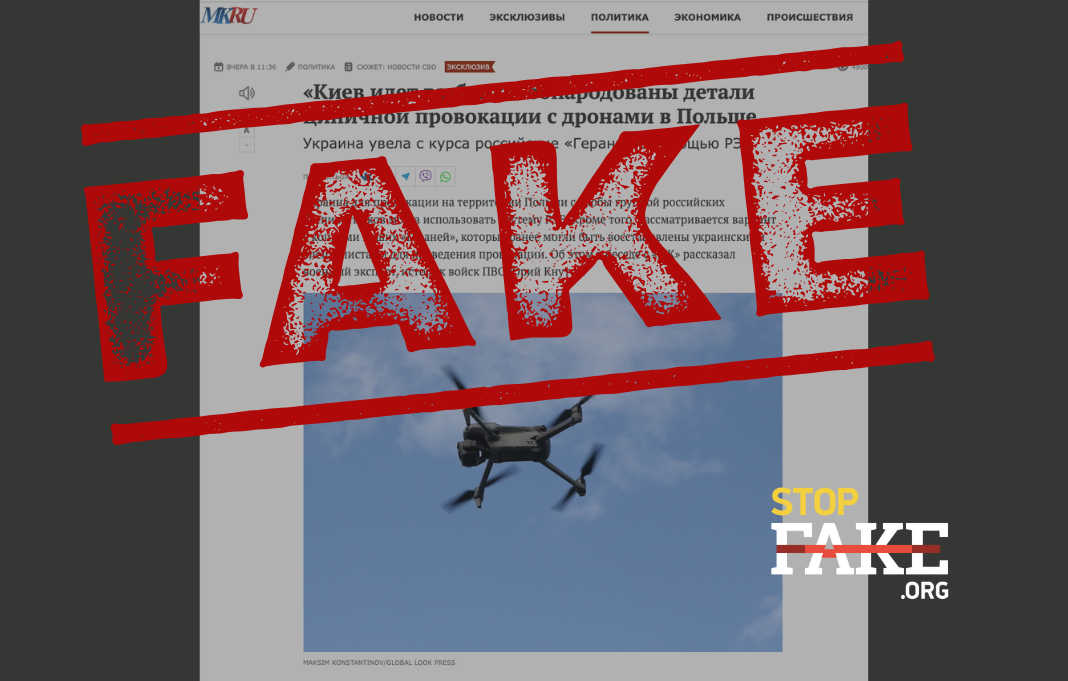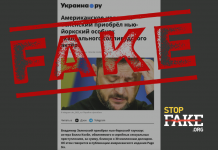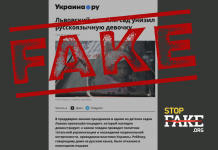Polish officials and allied partners have characterized the incident as a deliberate move by Russia, noting that the UAVs entered Poland from Belarus before penetrating deeper into its territory. OSINT findings, along with SIM cards from Polish and Lithuanian operators discovered in the drones, indicate a premeditated operation rather than any disruption of flight paths by Ukrainian electronic warfare.
Kremlin-linked outlets have circulated disinformation alleging that Ukraine was responsible for the Russian drone strike on Poland on the night of September 10.
«Ukraine may have used electronic warfare systems to stage a provocation on Polish territory with what appeared to be a swarm of Russian drones,» Moskovsky Komsomolets wrote.

On the night of September 10, 2025, at least 19 Russian drones breached Polish airspace, many entering from Belarus. Poland’s military called the incident «an act of aggression,» prompting Prime Minister Donald Tusk to convene an emergency government meeting. It was also the first time NATO aircraft shot down drones over alliance territory since Russia’s full-scale invasion of Ukraine began, though the alliance has stopped short of classifying the strike as an attack.
Polish Foreign Minister Radosław Sikorski said Russia deliberately targeted Poland and dismissed Kremlin denials as lies. «Last night, Poland’s airspace was breached 19 times by drones manufactured in Russia. The assessment of Polish and NATO air forces is that they did not veer off course, but were deliberately targeted,» Sikorski said.
German Defense Minister Boris Pistorius told the Bundestag that Russian drones were «clearly launched intentionally» toward Polish territory, adding there was no reason to believe the incursion resulted from a navigational error.
OSINT analysts echoed that assessment. Polish defense analyst Jarosław Wolski argued that Russia deliberately routed Shahed drones through Polish territory.
«Eyewitness reports indicate a clearly plotted path for the Russian drones. This appears not to be a malfunction, coincidence, or the result of electronic warfare, but rather deliberate routing by Russia to bypass Ukrainian air defenses by flying over our territory,» Wolski said.
In addition, InformNapalm analysts noted that «the Russians rehearsed the operation with decoy drones to detect the chain of decision-making and air defense responses in such a situation.» «It was also known that Russian drones had Polish and Lithuanian SIM cards installed, which proves the deliberate nature of such hybrid operations,» OSINT analysts stated.
The military news outlet Defense Express similarly reported that the strike appeared premeditated, citing prior discoveries of Polish and Lithuanian SIM cards in Russian drones. «Equipping UAVs with mobile internet provides Russia with extensive capabilities: real-time monitoring of air defense and electronic warfare activity, video capture of terrain, and dynamic flight path adjustments,» analysts explained the operational rationale for using local SIM cards.
Previously, StopFake also debunked other disinformation alleging Ukrainian provocations during the Russia–Ukraine war, including reports such as Fake: Kyiv Missile Strikes – Ukraine’s Provocation for African Leaders’ Visit, Fake: Ukraine Plans to Blow Up 550 Tons of Ammonia in Novotroitske and Fake: Ukraine Prepares ‘Provocation’ with Chemical Weapons Similar to ‘Staging’ in Syria’ among others.





